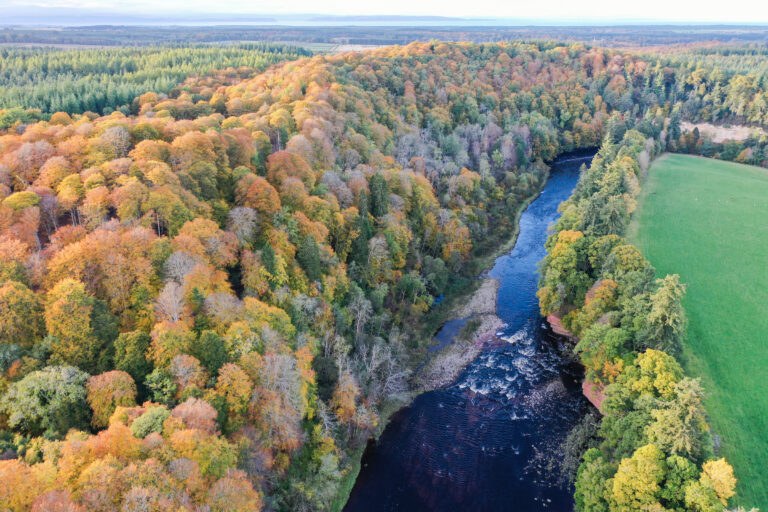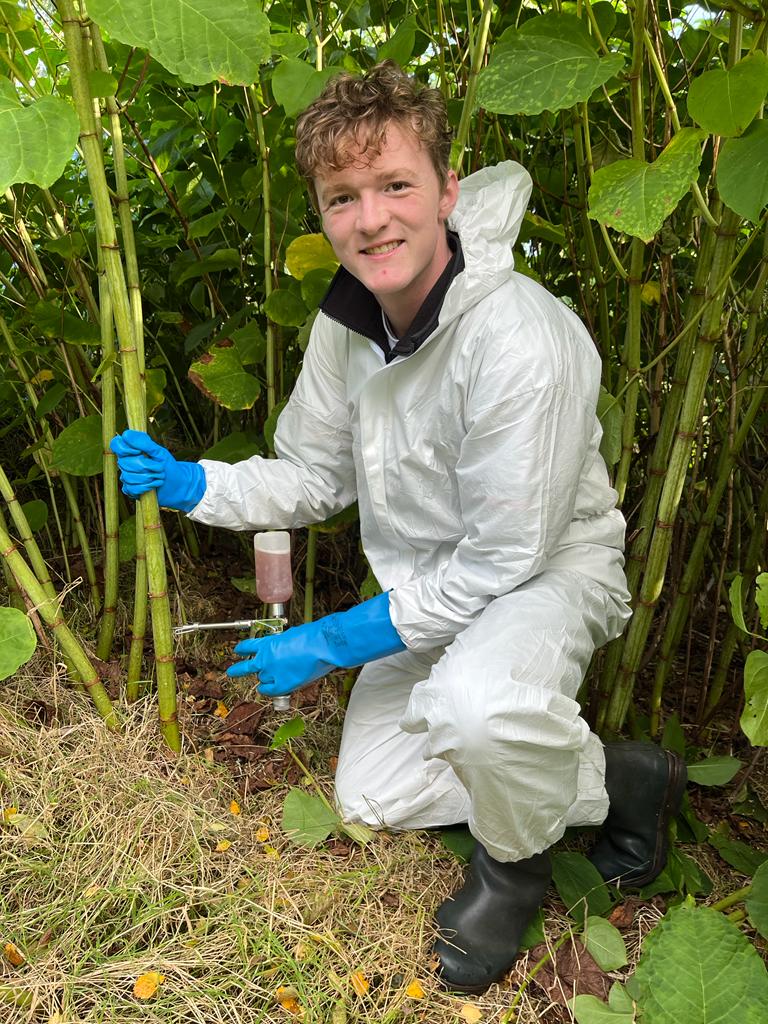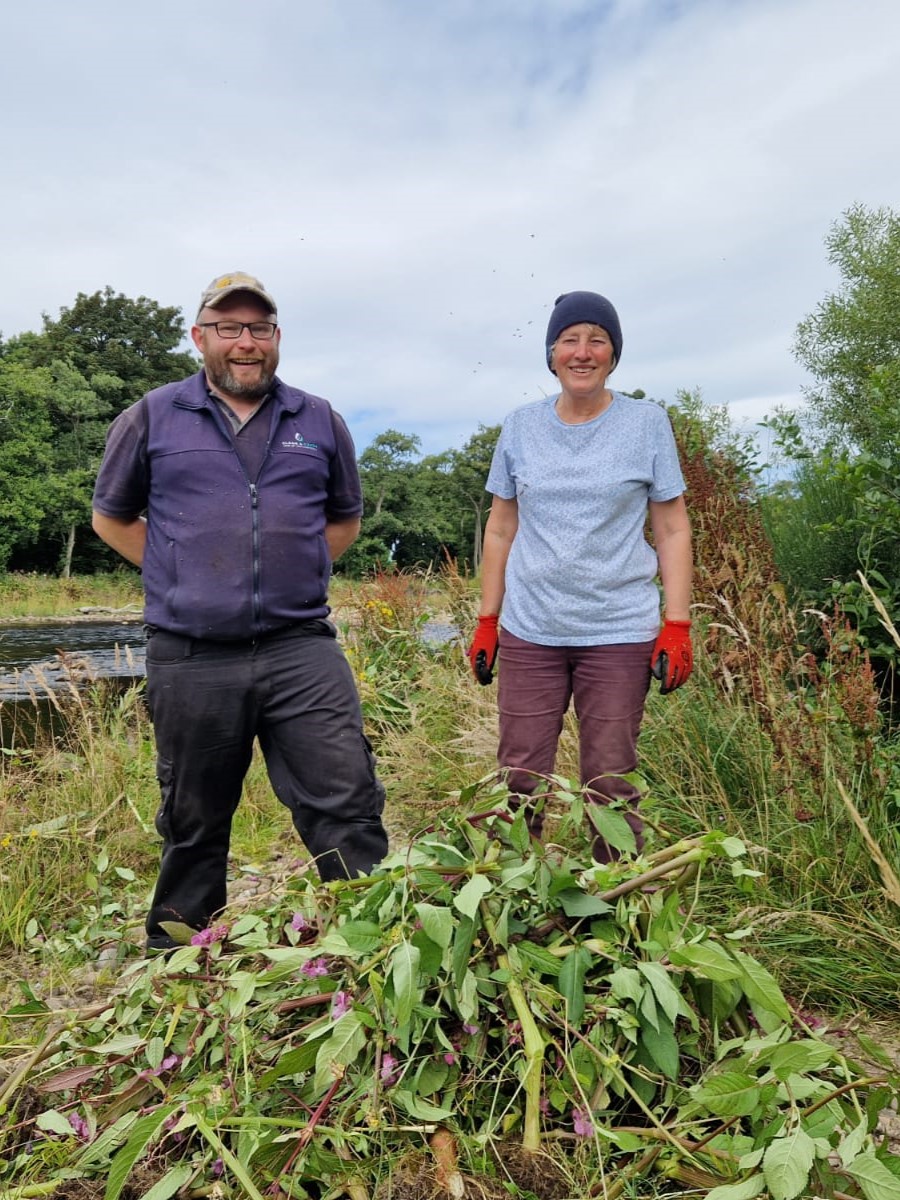The Rivers
The Findhorn, Nairn and Lossie Rivers are situated in Moray and the Highlands, a central region in our project area. The River Findhorn is the largest catchment and one of the longest rivers in Scotland. It is popular with anglers from around the globe and is also one of Scotland’s classic white water kayaking rivers, drawing canoeists from across the country.
In addition to the River Findhorn this catchment includes the Muckle and Mosset Burns, which are both significant water bodies in our invasive plant control programme. These burns run into Findhorn Bay, one of the largest non-firth estuaries in Scotland.
Findhorn Bay is designated as a Site of Special Scientific Interest (SSSI), Special Protection Area (SPA) and Ramsar Site. Lower Findhorn Wood on the lower reaches of the Findhorn is also a designated site (SSSI, Special Area of Conservation) for its ancient woodland, bryophyte and lichen assemblages while Randolph’s Leap (SSSI) is a notable site on the River for its geological features. There are many other designated sites across the three catchments including Loch Ruthven, Loch Spynie and Buinach and Glenlatterach Woodland.
Our project partner for the catchments is The Findhorn, Nairn and Lossie Rivers Trust. The Trust has been tackling invasive species in the catchments for many years, starting work locally before the Initiative began.











